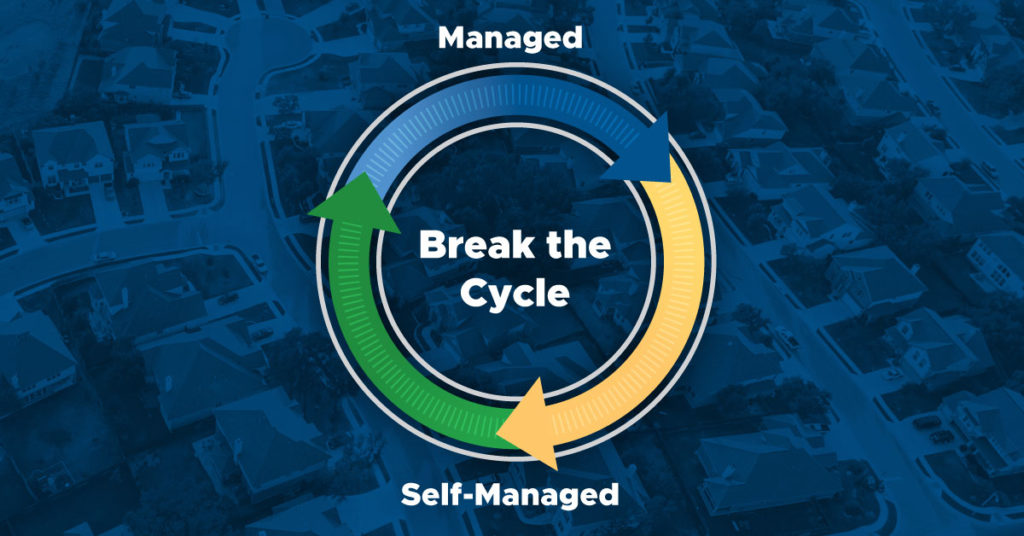Do you notice at your HOA or Condo Community, or a neighboring property, where they seem to switch from full management to self-management and back again? Why does this happen, what are the costs of this change, and how can it be stopped? How do you break the cycle of your HOA or Condo going self-managed to full-managed and back again?
A former owner of a large management company and reserve study company as well as the former CAI Connecticut Chapter President Walt Williamsen has seen many trends during his decades in the  HOA and Condo Management Industry. One trend he has spotted is a pattern where boards vacillate between full management and self-management. In this cycle one board signs up with a manager for 3-4 years and then a new board tries self-management and then 3-4 years after that they try full management again forming this cycle.
HOA and Condo Management Industry. One trend he has spotted is a pattern where boards vacillate between full management and self-management. In this cycle one board signs up with a manager for 3-4 years and then a new board tries self-management and then 3-4 years after that they try full management again forming this cycle.
Why the change?
So what is at the root of these transitions in community management? The catalyst for change are changes in board members and personalities which precipitate a transition. One board has a goal of reducing cots where another board has a goal of reducing the time requirement of a volunteer.
What’s the cost?
Transitions can be disruptive. If you use coupon books you have to send out new ones. If owners use an online portal you have to register for a new portal. Owners receive new account numbers and if using bank bill pay have to update that as well. Additionally, sometimes files or documents or computer files don’t get transferred. Then there is the startup time and training of a new volunteer self-managed board or the management company both of which requires more volunteer time. Lastly, there is the cost of just plain confusing owners.
How do you stop it?
There is a middle way. A board can save money from full management and often have more control and less headaches by self-managing. And this time they can hire a financial management company to provide about 50% of the services of a full management company and still save a bunch of money. This reduces the time required by a volunteer board. It also provides a neutral third party as an intermediary between the board and neighbors. Lastly during board transitions the company can be the unchanging resource to help new board members get up to speed and not cause more work having to change payments for owners. Walt likens this constant to hiring a payroll service to have a steady party handling things as employees change. He feels having consistency amid changing boards is the best approach.
If you want to Break the Cycle of your HOA or Condo Going Self-Managed to Full-Managed and Back Again you can choose a financial management company to help. To get started you can learn more about these services with a company like Community Financials. Then share what you learned about this “middle approach” with your board and see where it goes.


